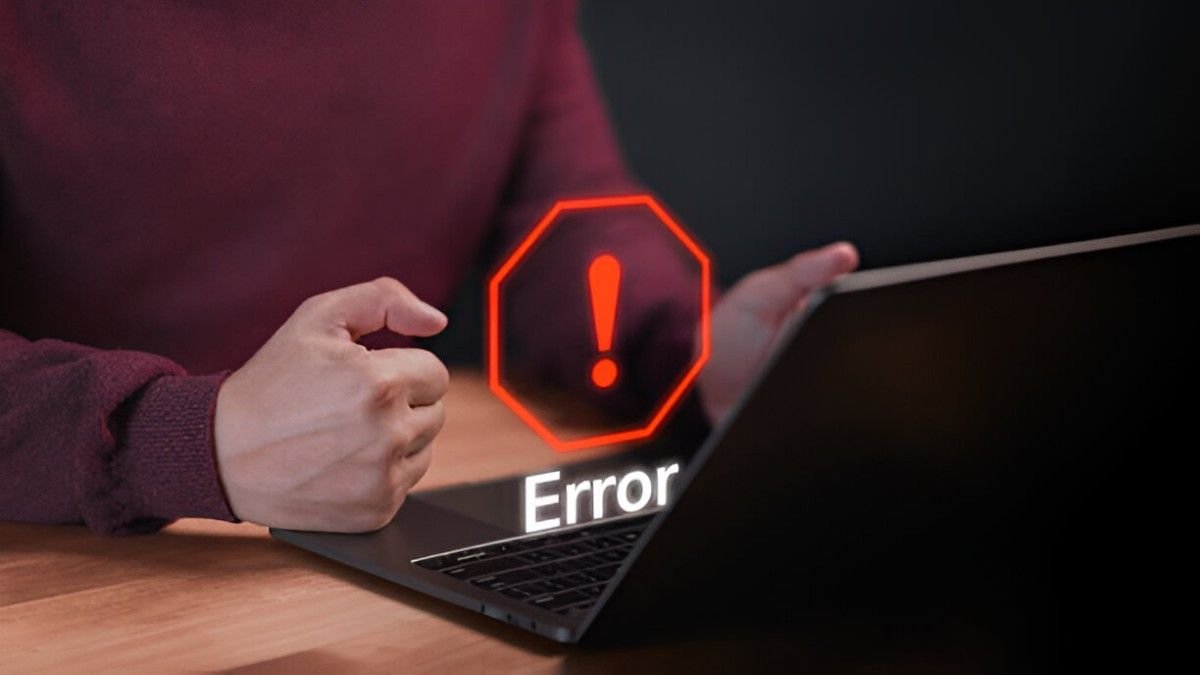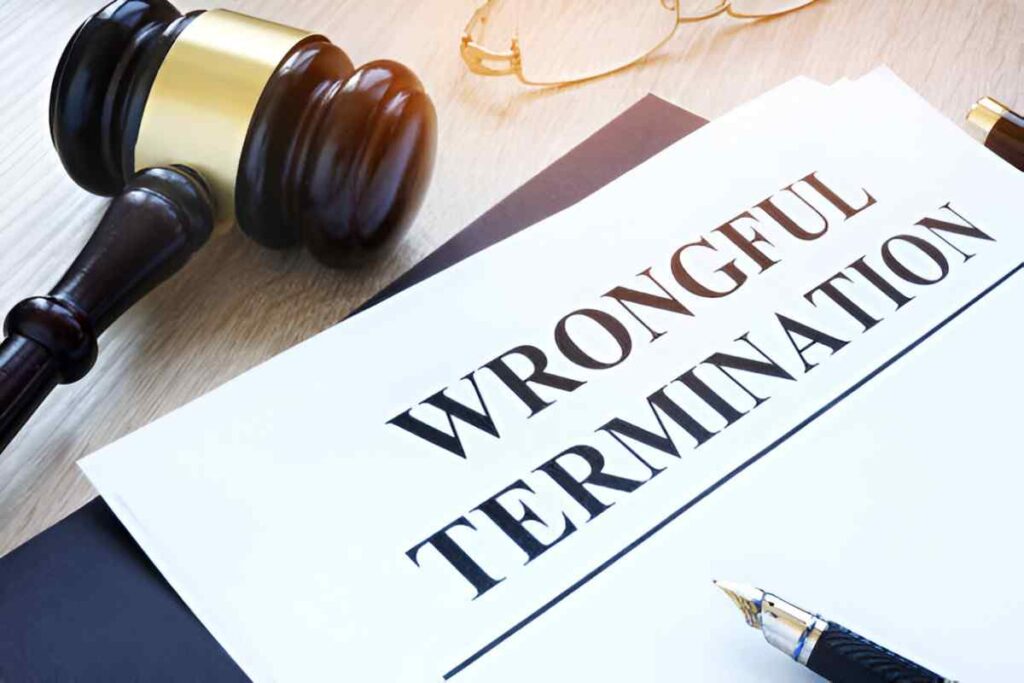When encountering the term Errors and Omissions Excepted (E&OE), it typically appears in legal disclaimers and contracts. This phrase serves an essential role in clarifying the limitations and responsibilities associated with information provided in various contexts. This article will delve into the meaning of E&OE, provide practical examples, and discuss its significance in legal and business documents.
Table of Contents
What is Errors and Omissions Excepted (E&OE)?
Errors and Omissions Excepted (E&OE) is a legal disclaimer commonly used to indicate that while care has been taken to ensure the accuracy of information, there may still be errors or omissions present. It acts as a safeguard against liabilities arising from inadvertent mistakes or missing details in documents, contracts, advertisements, or any form of communication.
Key Points:
- Definition: A disclaimer stating that the party is not liable for inadvertent errors or omissions in the provided information.
- Purpose: To limit liability and clarify that despite efforts to be accurate, mistakes may occur.
- Usage: Found in legal documents, contracts, product descriptions, websites, and advertisements.
How Errors and Omissions Excepted (E&OE) Works
Understanding the Application
- Legal Context: E&OE is used to protect the issuer of information from legal claims related to unintentional inaccuracies.
- Limitation of Liability: It sets boundaries on the extent to which the issuer can be held accountable for errors or omissions.
- Standard Phrase: It is often included as a standard clause in contracts and legal documents to manage expectations and reduce legal risks.
Examples of Errors and Omissions Excepted (E&OE)
Practical Scenarios
Advertisement:
- Example: A retail advertisement may state “Prices listed are subject to change, E&OE,” indicating that while efforts have been made to ensure accuracy, errors in pricing or product details may still exist.
Legal Documents:
- Example: A contract for services may include a clause stating, “All specifications are provided as accurate to the best of our knowledge, E&OE,” protecting the service provider from claims arising from unintended errors in service descriptions.
Websites:
- Example: A website disclaimer might read, “Information on this website is provided ‘as is’ without warranties of any kind, E&OE,” informing visitors that while efforts have been made to provide accurate information, errors or omissions may occur.
Importance of Errors and Omissions Excepted (E&OE)
Benefits and Significance
- Legal Protection: Provides legal protection by clarifying that the issuer is not liable for unintentional mistakes or missing information.
- Transparency: Promotes transparency by disclosing the possibility of errors or omissions despite efforts to maintain accuracy.
- Risk Management: Mitigates legal risks associated with claims of misrepresentation or false information.
Considerations and Usage Guidelines
Factors to Consider
- Clear Communication: Ensure that the E&OE disclaimer is clearly visible and understandable to all parties involved.
- Scope of Application: Define the scope within which E&OE applies, such as specific documents or communications.
- Legal Compliance: Ensure compliance with legal requirements and regulations governing the use of disclaimers and limitations of liability.
Conclusion
Errors and Omissions Excepted (E&OE) is a critical legal disclaimer used across various industries to manage expectations regarding the accuracy of information provided. By acknowledging the possibility of inadvertent errors or omissions, E&OE clauses protect issuers from legal liabilities while promoting transparency and trustworthiness in business communications. Understanding the purpose, application, and examples of E&OE clauses can help individuals and organizations navigate legal and contractual obligations effectively. Incorporating clear and well-defined E&OE disclaimers into documents and communications ensures stakeholders are aware of the limitations associated with the information provided, thereby fostering fair and informed business practices.





